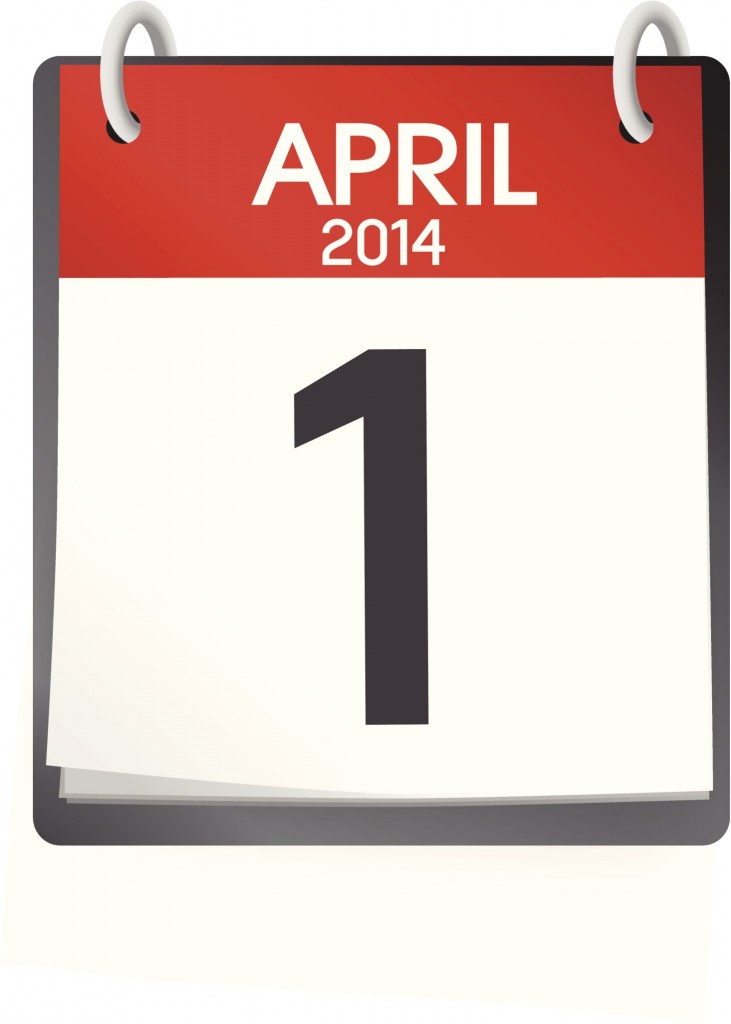The History of April Fool’s Day
It is not a national holiday, but April Fool’s Day is observed, revered and feared all over the world. It comes with tricks and no treats at the same time every year, so why do we keep up with the tradition? There is no clear evidence on the origin of the holiday, but there are a couple of ideas surrounding the history of April Fool’s Day pranks came about.
Calendar Confusion
Some believe April Fool’s Day started when it Pope Gregory XIII’s calendar – now referred to as Gregorian Calendar — went into effect. In 1582, Pope Gregory decided to reform the Julian Calendar moving April 1 back to January 1. Most people followed the new calendar, but the news of the calendar change moved slowly so some people continued to celebrate New Year’s Day in April. Considered fools for missing the holiday celebrated four months before that, they became targets of pranks and tricks.
Gullible Guppies
In France, fish hatched in early April – a bait and hook were an easy lure for the young fish who were easily caught. To mark this time of year, people play pranks on other people – the ones who are tricked are referred to as poisson d’avril (April Fish) – a fish that’s easily caught or a gullible human being. So if you ever see someone in France on April first with a fish taped to their back, they have been marked for the whole world to see that someone fooled them.
Citizen Con
In 13th century England, a road was declared public property when a king stepped on it. When word spread to a small town that the king was coming, the town refused to let him in in order to maintain control of the main road. The king’s minions were sent to the town to sort the visit, and when they arrived, the townspeople pretended to be insane so the king would not drop by. The king fell for it, but was alerted to the trick and declared the town too foolish to punish, hence April Fool’s Day.
Chaucer Chicanery
Another theory goes back to the 14th century and links it to a book — Chaucer’s Cantebury Tales. In Nun’s Priest Tale is set on the date March 32 – March having only 31 days, the text would translate to April 1. The main character is tricked by a fox and so April Fool’s Day was born.
Or not.
Weather Wiles
Another believable theory is related to spring. Because it’s so close to the vernal equinox, the thought is people are fooled by Mother Nature’s unpredictable weather. And she has certainly made fools of us this year.
While it’s unclear where and when the idea of April Fool’s Day originated, it is celebrated by many cultures all over the world. In India, jokes and pranks are played during the festival of Holi. Sizdahbedar is observed by Iranians with gags and high jinks.
Fool or be fooled on April 1st, while we don’t know exactly why we do it, it makes for a fun way to welcome spring – even if Mother Nature keeps tricking us with the occasional snowfall.










2 Responses
[…] The History of April Fool’s Day […]
[…] The History of April Fool’s Day […]